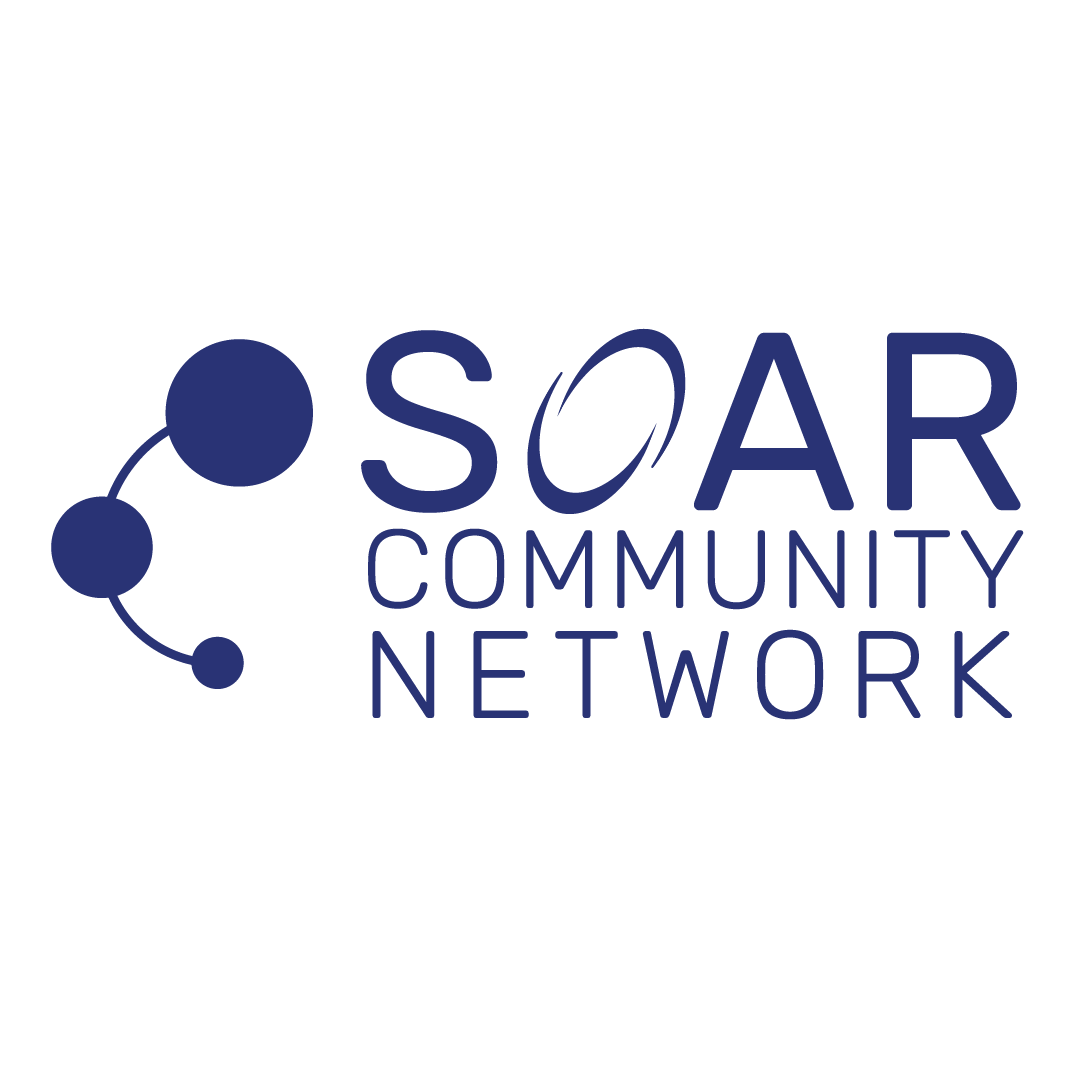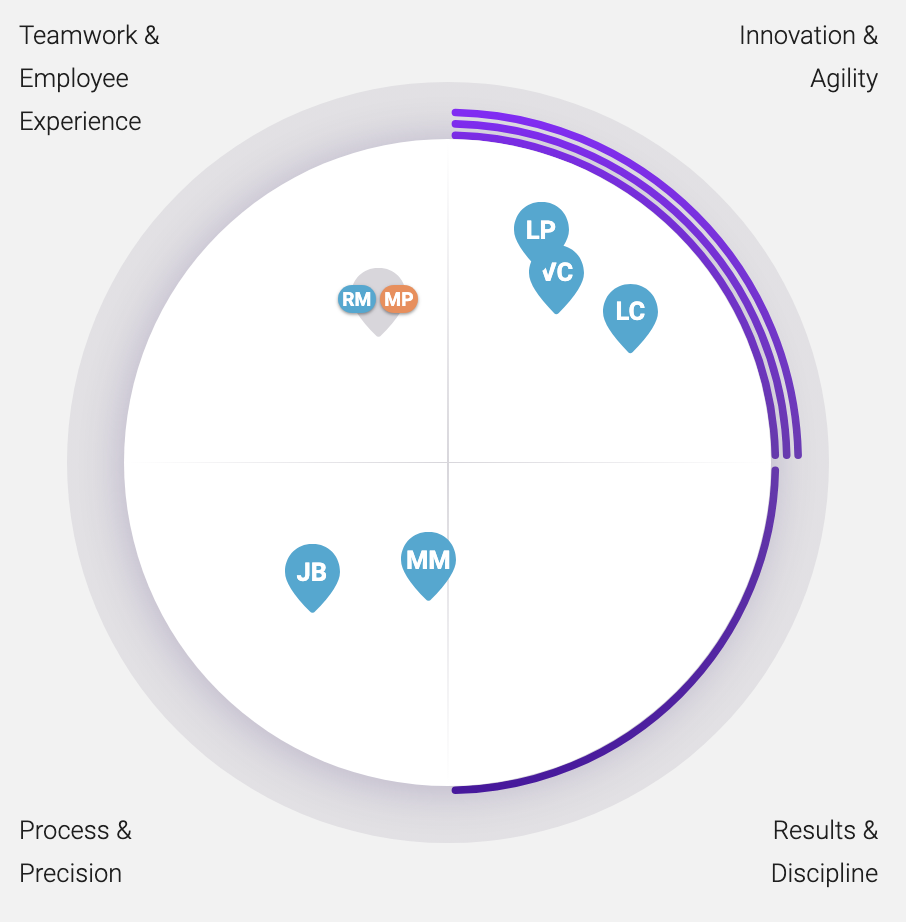Introduction
Even the best strategies fail when the people behind them are misaligned. Organizations often launch ambitious plans but overlook the most important question—do our teams have the right structure, communication rhythms, and behavioral strengths to bring this vision to life?
Without this alignment, teams may work in silos, duplicate efforts, or operate in ways that run counter to the company’s direction. Performance slows. Frustration builds. And strategic goals get lost in the execution gap.
The missing piece isn’t usually effort. It’s design.
Solution
Team design is the intentional practice of aligning individual strengths, behavioral dynamics, and role clarity with the strategic direction of the organization. When done well, it turns strategy into action by creating the conditions for teams to thrive.
At SOAR, we help organizations assess team fit using behavioral insights, capability mapping, and collaboration style profiling. We explore how teams naturally work, communicate, and make decisions—then identify where those patterns support or hinder strategic goals.
The outcome is a more agile, self-aware workforce that can adapt to change and deliver results without burning out.
Action
To align your strategy with team performance, try these practical steps:
- Diagnose Team Readiness for Strategy Execution – Use the new Diagnose Readiness Tool from our C3 Tools page to assess how aligned your teams are with the goals ahead. This includes evaluating energy, collaboration, clarity, and connection.
- Revisit Team Composition with Purpose – Go beyond job titles. Use behavioral assessments to uncover hidden strengths or potential friction points. Consider if each role is positioned to deliver what the strategy requires.
- Clarify Decision-Making and Communication Norms – When teams know who makes decisions, how input is gathered, and when updates will be shared, they move faster and with more confidence. Make these expectations explicit.
- Train Managers to Facilitate Strategic Alignment – Managers should regularly connect team activities to the broader mission. Equip them with coaching and check-in frameworks that support this dialogue.
- Adjust Team Structures as Strategy Evolves – As priorities shift, so should team design. Build in regular reflection points to ask whether the current structure still supports your highest goals.
Conclusion
Strategy is only as strong as the team carrying it forward. By aligning your people with your plan through intentional team design, you unlock not only higher performance but also a greater sense of ownership and pride.
Your people want to contribute to something meaningful. Make sure your team structures and support systems allow them to do exactly that.
Visit our C3 Tools page to explore diagnostics, development programs, and alignment strategies designed to help your teams lead with purpose and impact.

